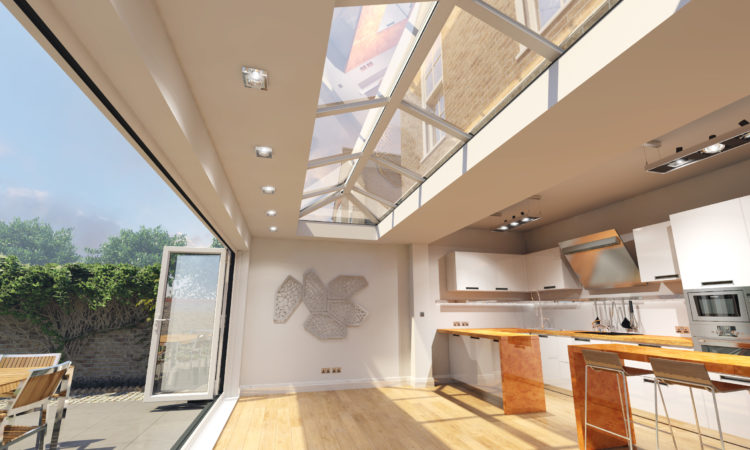Building Integrated Photovoltaics (BIPV) – Benefits and Limitations
Building Integrated Photovoltaics (BIPV) – Benefits and Limitations
Apr 10, 2018

Building Integrated Photovoltaics (BIPV), describes a PV system, where solar PV modules are integrated within a building’s envelope, as opposed to conventional PV systems where modules are mounted on the top of existing roofs. Though BIPV products have been commercially available since the 1990s in Europe, Tesla’s recent release of aesthetically pleasing and competitively priced BIPV solar tiles has more effectively captured the public’s imagination.
Recent studies have predicted that the global BIPV market is expected to grow to over $9 billion in 2019, and to reach $26 billion by 2022. BIPV roofing is forecasted to be the largest player. They are likely to be shifted away from prestige buildings and towards zero-energy buildings, which are expected to make up the bulk of this market growth, followed by commercial and residential buildings.
Building Integrated Photovoltaics – Benefits
- Aesthetically appealing blended modules: BIPV modules blends in with the surrounding building envelope e.g. Tesla’s solar tiles and Nu-lok’s Integrated Solar Inserts, solar windows, façades, pergolas, parking lots and skylights.
- Flexibility: Building Integrated Photovoltaic solutions comes in for a variety of building types and applications and can be integrated in a multitude of innovate ways which reduces the physical limitations of traditional PV modules.
- Functional and aesthetically pleasing designs: This is particularly important for public places or heritage buildings, where the conservation of the architectural character forms part of the development application requirements.
- Increase the prestige and value of the building: The modules within the system can be integrated as elements of the building e.g. Tesla’s solar tiles, increase the value and prestige of a building, improving marketing opportunities and equity value of the property.
- Environmentally friendly customer satisfaction: BIPV increases customer satisfaction for occupiers who want to be more environmentally friendly or have more energy autonomy.
Limitations of BIPV Systems
Despite the benefits, it’s uptake has been limited due to,
- Higher capital cost: System cost is more expensive than typical roof mounted systems due to the cross disciplinary nature of its design and installation.
- Compliance cost: They require detailed planning, design and have additional complexity in their installation.
- Slow development: BIPV systems are being sold to the higher end of the market but not to the mass market yet. The investment in its R&D and product development has been slow till recently due to its niche market.
Recent Post
Mar 14, 2024
